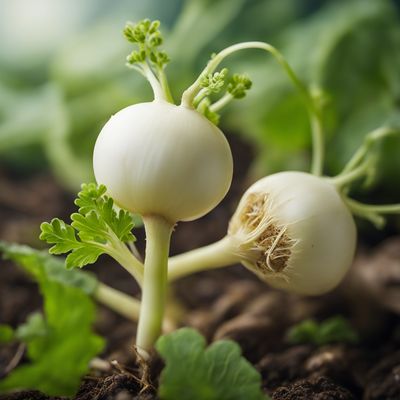
Ingredient
Lovage roots
The Versatile Lovage Roots
Lovage roots are long, slender, and brown in color, with a strong, aromatic flavor reminiscent of celery and parsley. They have a firm texture and can be used in both raw and cooked preparations. The roots are often used as a seasoning or a vegetable in soups, stews, and sauces.
Origins and history
Lovage roots have been used in culinary practices for centuries, with their origins traced back to the Mediterranean region. They were highly valued by the ancient Greeks and Romans for their medicinal properties and were commonly used as a digestive aid. Lovage roots have since spread to other parts of Europe and are now cultivated in various countries.
Nutritional information
Lovage roots are low in calories and a good source of dietary fiber, vitamin C, and potassium. They also contain small amounts of calcium and iron.
Allergens
There are no known allergens associated with lovage roots.
How to select
When selecting lovage roots, look for firm, unblemished roots with a fresh aroma. Avoid roots that are soft, discolored, or have signs of mold. The leaves should be vibrant green and free from wilting.
Storage recommendations
To store lovage roots, wrap them in a damp paper towel and place them in a plastic bag in the refrigerator. They can be stored for up to two weeks. Alternatively, you can freeze lovage roots by blanching them briefly in boiling water, cooling them in ice water, and then storing them in airtight containers in the freezer.
How to produce
Lovage roots can be grown in a home garden by planting lovage seeds or transplanting young lovage plants into well-drained soil. They require full sun or partial shade and regular watering.
Preparation tips
Lovage roots can be used in a variety of dishes, including soups, stews, sauces, and vegetable dishes. They can be added to stocks for a flavorful base or used as a seasoning in place of celery. Lovage roots can also be pickled or used to infuse oils and vinegars.
Culinary uses
Lovage roots are commonly used in European cuisines, particularly in countries like Germany, Hungary, and Poland. They are also found in some traditional Mediterranean dishes.
More ingredients from this category
Recipes using Lovage roots » Browse all
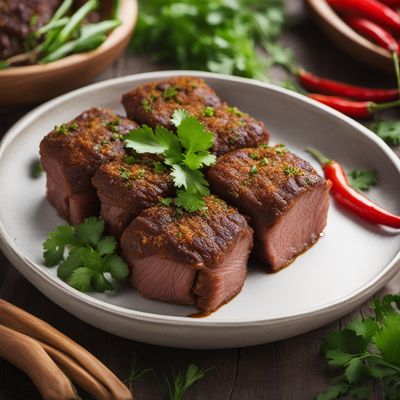
Banjar-style Stuffed Beef Rolls
Savory Beef Delights: Banjar Stuffed Beef Rolls
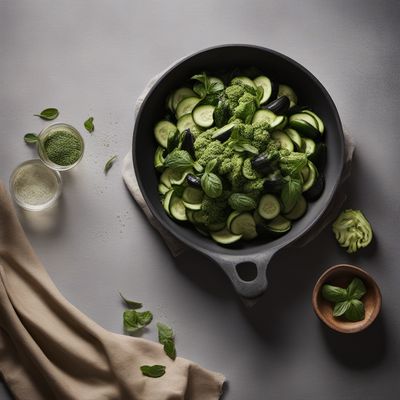
Frisceu alla Romana
Crispy Roman Delight: Frisceu alla Romana Recipe

Muhajir-style Spiced Fish with Creamy Dill Sauce
Savor the Flavors of Muhajir Cuisine with Spiced Fish and Creamy Dill Sauce
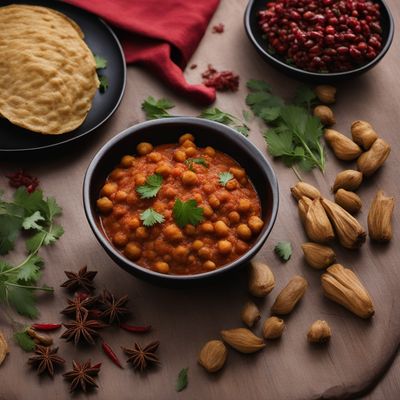
Kashmiri Spiced Topik
Saffron-infused Kashmiri Spiced Chickpea Dumplings

Liberian-style Smoked Fish Stew
Savory Delight: Liberian Smoked Fish Stew
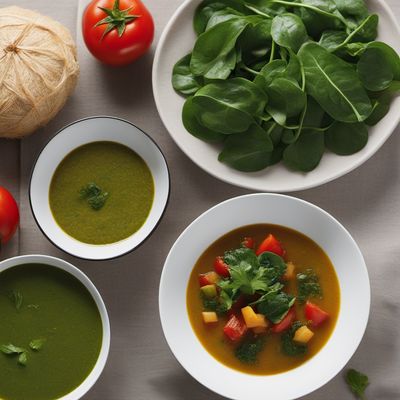
Isombe with a Twist
Savory Spinach and Plantain Stew: A Flavorful Journey to Rwanda
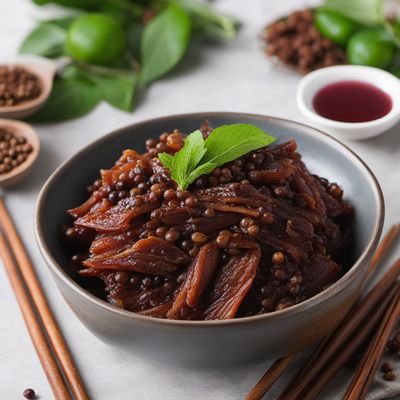
Adobong Sawâ with a Twist
Savory and Tangy Frog Adobo

Lagman - Uzbek Noodle Soup
Savory Delight: Uzbek Lagman Noodle Soup
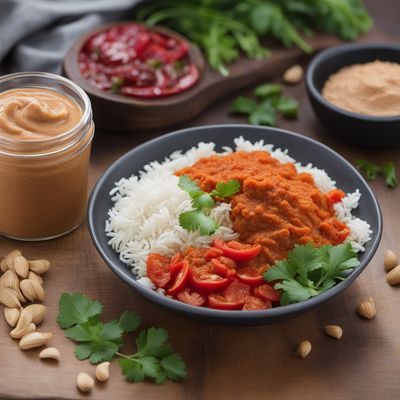
Gari Foto with Spicy Peanut Sauce
Savory Delight: Gari Foto with a Spicy Peanut Twist
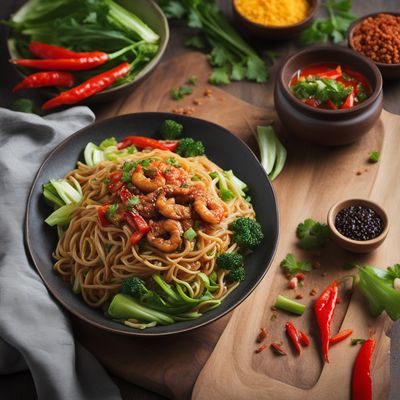
Indonesian Chinese Stir-Fried Noodles
Wok-Tossed Noodles: A Fusion of Indonesian and Chinese Flavors

Hawaiian Coconut Bread
Tropical Delight: Hawaiian Coconut Bread
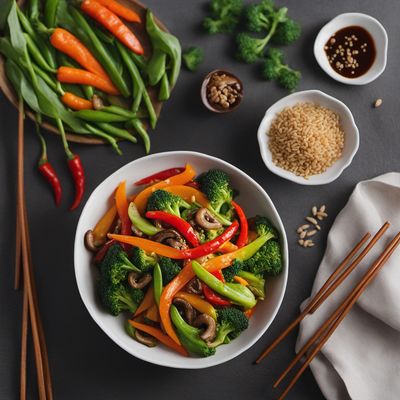
Chinese-inspired Vegetable Stir-fry
Sizzling Wok Delight: A Burst of Flavors in Chinese Vegetable Stir-fry

